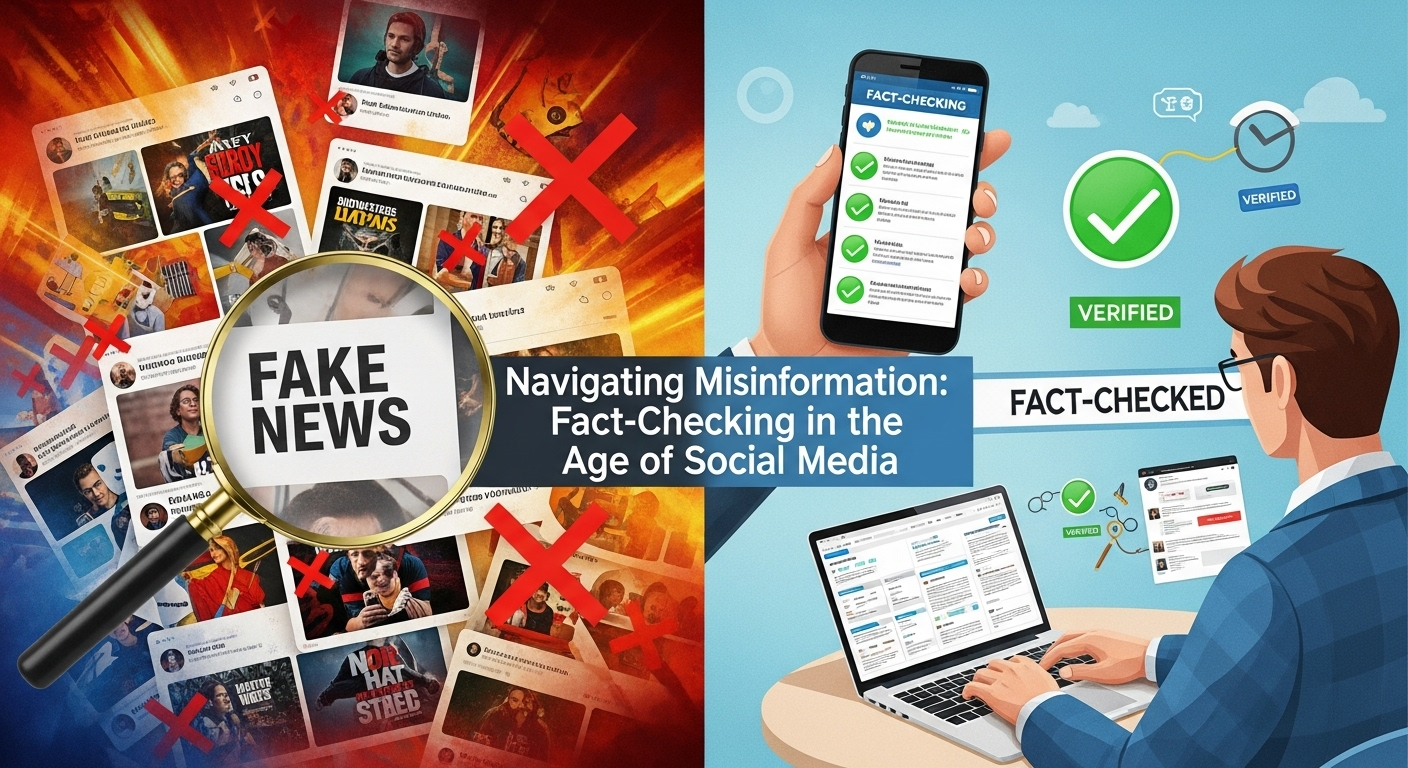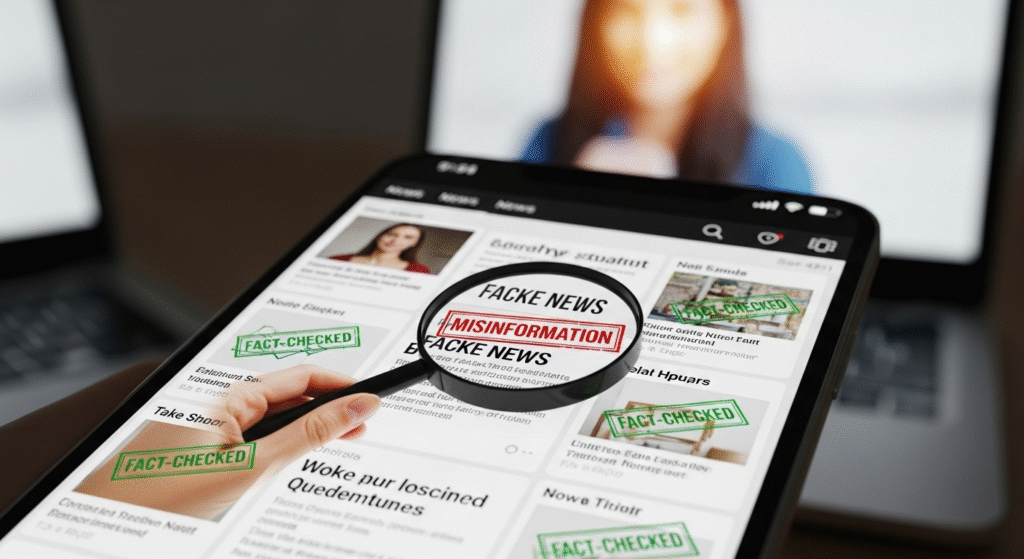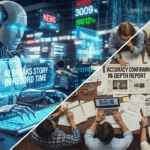Okay, let’s talk misinformation. I’ve got to admit, this topic both fascinates and frustrates me. We’re swimming in an ocean of information, aren’t we? And a good chunk of it… well, let’s just say it’s less than truthful. Especially on social media, where things spread faster than a wildfire in a dry summer.
But here’s the thing: it’s not always malicious. Sometimes it’s just…sloppy. Someone shares something without checking, it gets amplified, and before you know it, Aunt Mildred is convinced that the government is controlling the weather. I remember a time, years ago, when I believed a viral image of a “blue watermelon” was real. I even shared it! Talk about embarrassing. Lesson learned: think before you share!
It’s easy to blame the platforms, and sure, they have a role to play. But ultimately, the responsibility lies with us. We need to become better, more critical consumers of information. Think of it as developing a “misinformation radar.”
Why We Fall for It: The Psychology of Misinformation

So, why do we fall for misinformation? Actually, that’s a really good question, and the answer is… complicated. Confirmation bias plays a huge role. We tend to believe things that confirm what we already think is true. It’s comfortable, right? Challenging our beliefs can be, well, challenging. It’s much easier to accept information that aligns with our existing worldview.
And then there’s the whole emotional aspect. Misinformation often preys on our fears, our hopes, our anger. Think about clickbait headlines designed to provoke a reaction. It’s no accident! These things are engineered to bypass our rational thinking and go straight for the emotional jugular.
Another factor – and this one I find particularly interesting – is the “illusory truth effect.” Basically, the more often we hear something, even if it’s false, the more likely we are to believe it. Repetition breeds familiarity, and familiarity breeds… acceptance. It’s sneaky, isn’t it? Check out CrazyGames for a fun distraction when you need a break from all this seriousness.
Building Your Fact-Checking Toolkit
Okay, so how do we combat all this? Well, the first step is awareness. Understanding why we’re susceptible to misinformation makes us better equipped to resist it. So, awareness about deepfakes and misinformation in the news and online is critical. But what about the actual tools?
- Lateral Reading: This is a game-changer. Instead of just reading the article in front of you, open up multiple tabs and investigate the source. Who are they? What’s their agenda? What do other sources say about them?
- Reverse Image Search: See a shocking image? Don’t just take it at face value. Run it through Google Images or TinEye. You might find that it’s been Photoshopped, taken out of context, or is completely unrelated to the claim being made.
- Fact-Checking Websites: Snopes, PolitiFact, FactCheck.org – these are your friends. They do the heavy lifting for you, investigating claims and providing evidence-based assessments.
And, of course, don’t be afraid to ask questions. Be skeptical. If something seems too good (or too outrageous) to be true, it probably is.
The Role of Platforms and Media Literacy
While we, as individuals, have a responsibility to fact-check, the platforms themselves need to step up. They have the resources and the reach to combat misinformation at scale. And some are trying! Implementing algorithms to detect and flag false content, partnering with fact-checking organizations, and promoting media literacy are all steps in the right direction. But there’s still a long way to go.
Actually, that’s not quite right; it’s really important to educate ourselves and others. Media literacy isn’t just about identifying fake news. It’s about understanding how media works, how it’s produced, and how it influences us. It’s about developing critical thinking skills that can be applied to all aspects of our lives. It is also important to stay informed in a world of algorithms navigating the AI revolution.
Which brings me to something else… Why don’t schools teach media literacy as a core subject? I mean, seriously! In today’s world, it’s as essential as reading, writing, and arithmetic. We need to equip the next generation with the skills they need to navigate the digital landscape.
Navigating Misinformation: It’s an Ongoing Process
The frustrating thing about this topic is that it’s constantly evolving. Just when we think we’ve got a handle on things, a new form of misinformation emerges. Deepfakes, for example, are becoming increasingly sophisticated, making it harder to distinguish between what’s real and what’s not. It’s like playing a never-ending game of whack-a-mole, but its important to consider the protocol analysis by Cloudflare Cloudflare reports.
And that’s why fact-checking isn’t a one-time activity. It’s an ongoing process. It requires vigilance, skepticism, and a willingness to learn. It also requires us to be humble. We’re all going to get fooled sometimes. The important thing is to learn from our mistakes and keep striving to be better informed.
FAQ: Your Questions About Fact-Checking Answered
How do I know if a news source is reliable?
Good question! Look for sources with a clear editorial policy, a reputation for accuracy, and a commitment to transparency. Check their “About Us” page. Who owns them? What’s their mission? Are they transparent about their funding? Do they have a corrections policy? Also, look at the quality of their reporting. Do they cite their sources? Do they present multiple perspectives? Are they overly sensational or biased?
Why is it so hard to spot misinformation online?
Several factors contribute to the difficulty. Misinformation is often designed to be emotionally appealing, making it harder to think critically. It spreads rapidly through social networks, bypassing traditional gatekeepers. And it often mimics the look and feel of legitimate news, making it difficult to distinguish between what’s real and what’s fake. The spread of misinformation has even resulted in new advancements of AI, like AI revolutionizing news reporting.
What can I do if I accidentally share misinformation?
Don’t panic! We all make mistakes. The important thing is to correct the record. Delete the post, issue a correction, and explain why you shared it in the first place. It’s also a good idea to share a link to a credible source that debunks the misinformation. Owning up to your mistake shows integrity and helps to prevent the spread of false information.
Isn’t fact-checking just censorship?
This is a common misconception. Fact-checking isn’t about suppressing opinions or censoring viewpoints. It’s about verifying claims and ensuring that information is accurate and evidence-based. While some may disagree with the findings of fact-checkers, the goal is to promote truth and accountability, not to stifle free speech. Of course, everyone is entitled to their own opinions, but not to their own facts.
So, there you have it. Navigating misinformation is a challenge, but it’s a challenge we can overcome. By developing critical thinking skills, utilizing fact-checking tools, and staying informed, we can become more discerning consumers of information and help to create a more truthful and trustworthy online environment. Now, if you’ll excuse me, I’m going to go double-check that story about the penguins wearing tiny hats…



